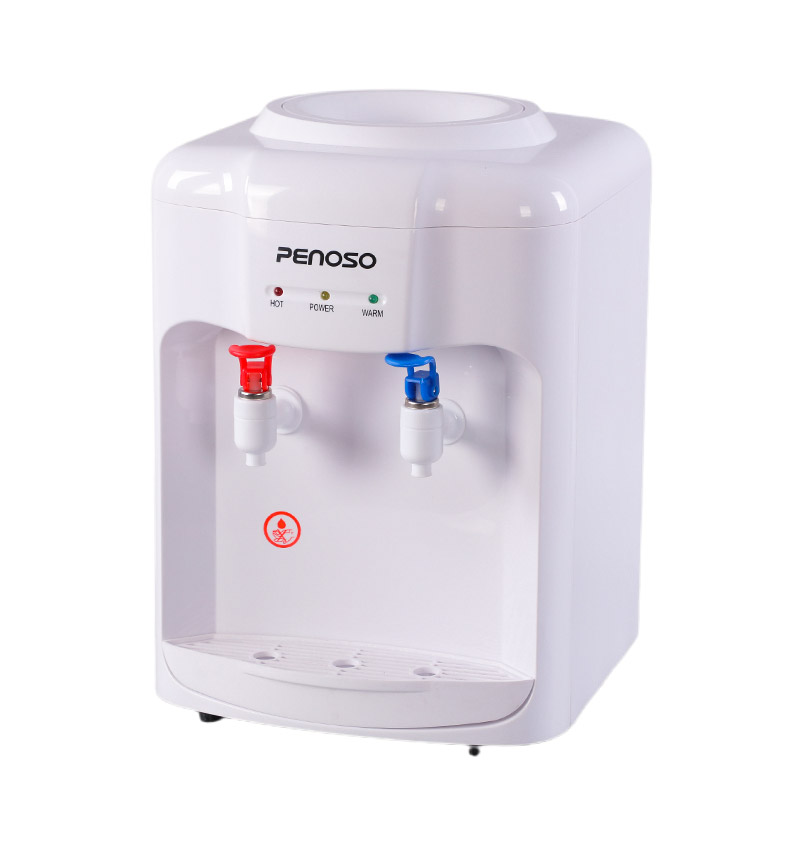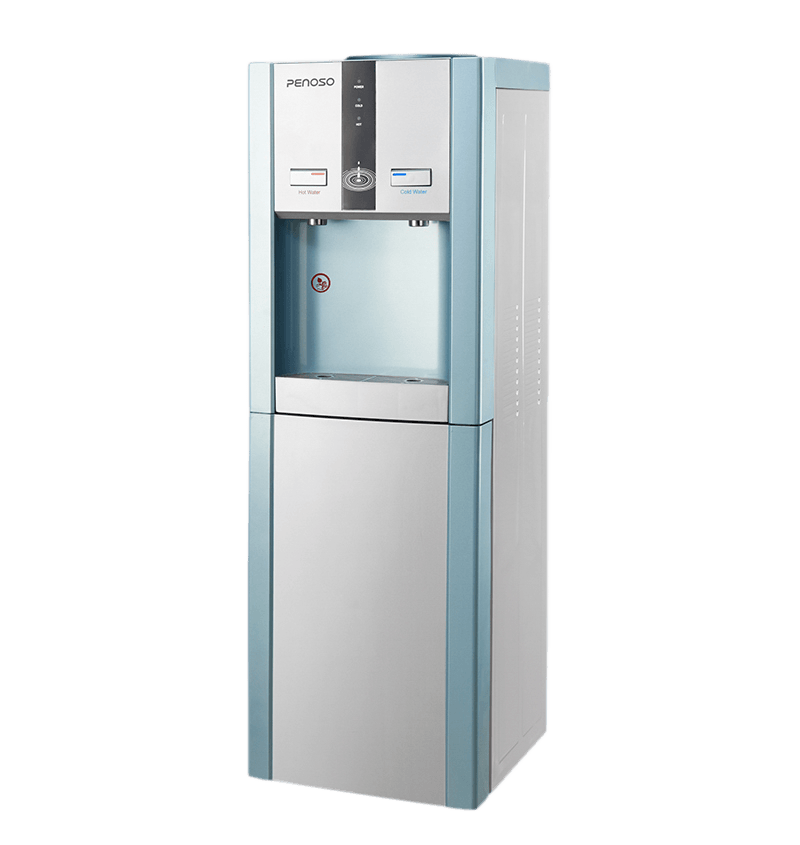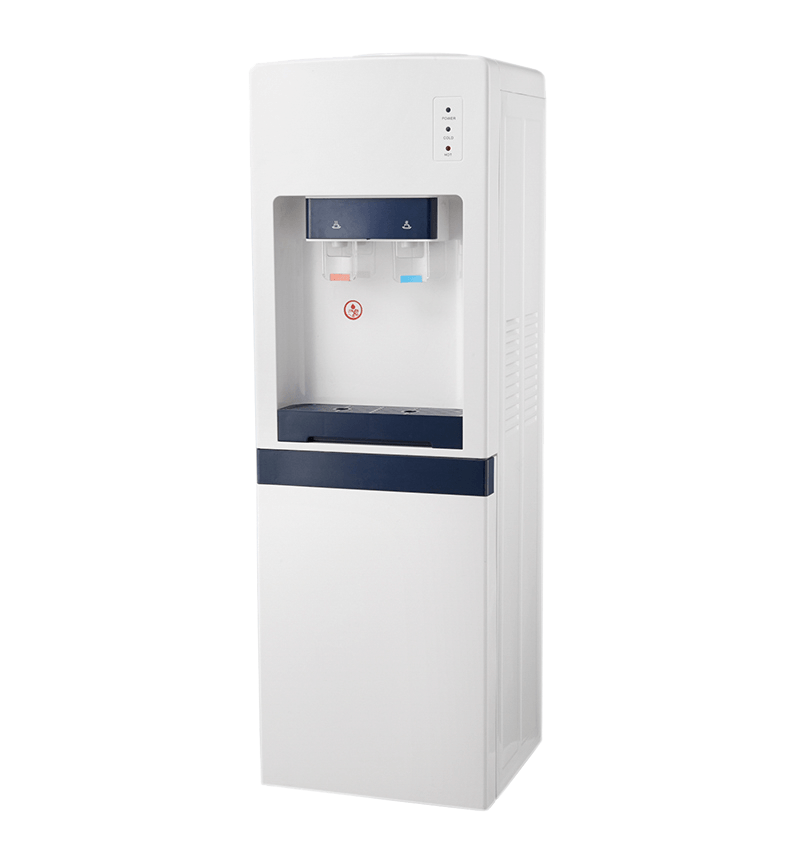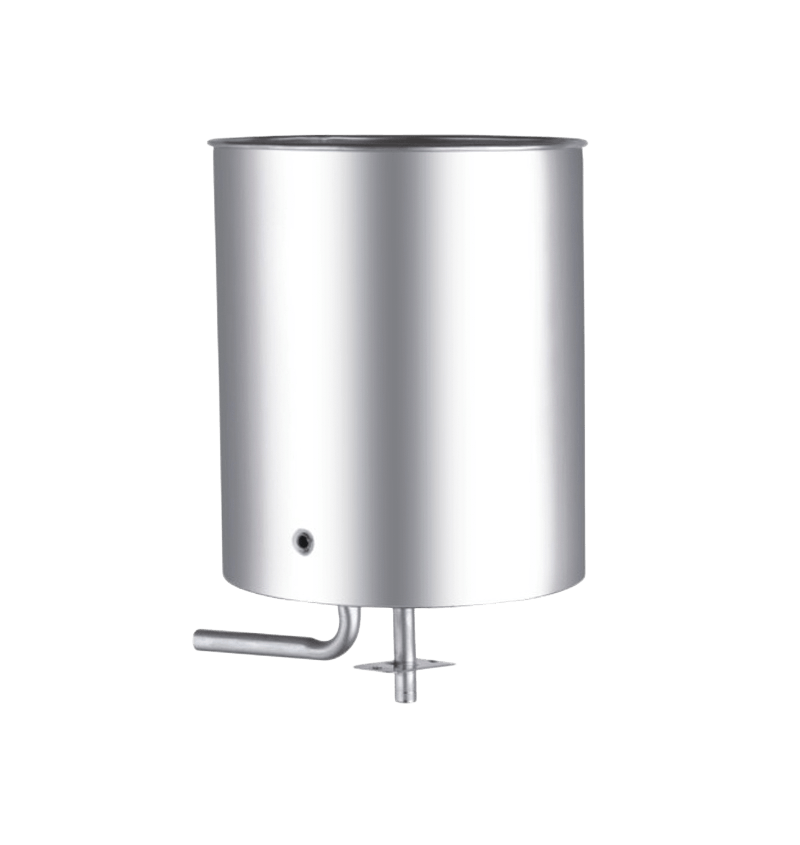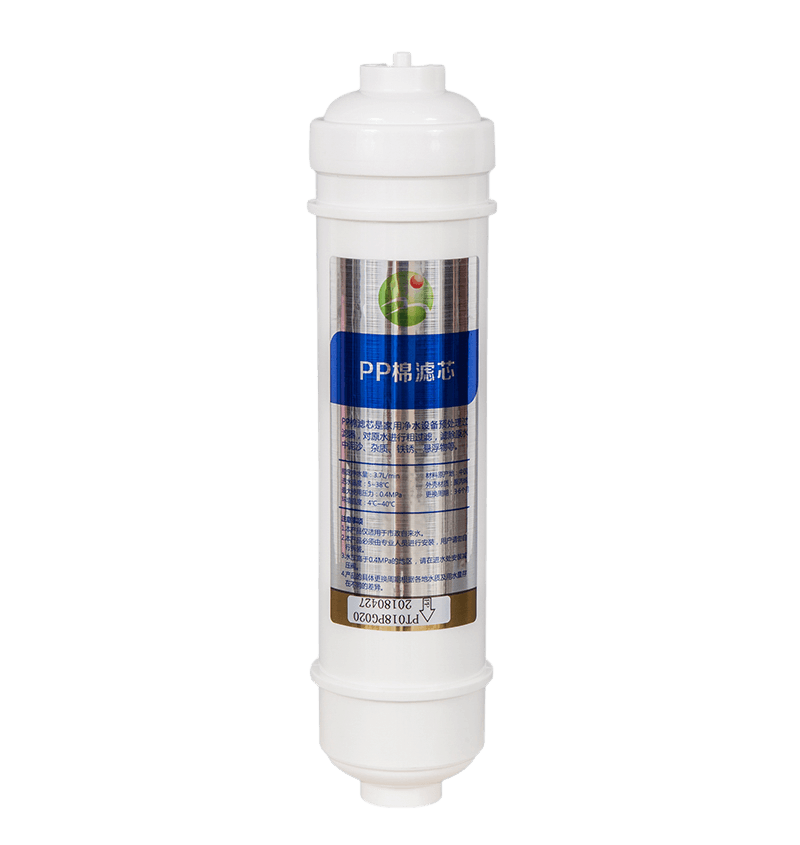Is there any bacterial breeding
As a common drinking water equipment in homes and offices, bottled loading water dispensers are easy to use, but they are also prone to bacterial breeding. This is mainly closely related to their working principle, structural design and daily usage habits. Bottled water is usually installed on the water dispenser in an inverted manner, and air enters the barrel through the vent inside the water dispenser to maintain smooth water flow. This process of direct contact between air and water may become a path for bacteria to enter and reproduce if it is not properly filtered or the equipment is not tightly sealed.
Parts that are easy to hide bacteria
There are potential contamination risks in many parts of bottled loading water dispensers. Common ones include:
* Water inlet: Due to frequent contact with the mouth of the cup, water cup, hands or air, if it is not cleaned in time, it is easy to accumulate bacteria or dust.
* Water inlet (connection with the barrel): When the inverted bucket is installed, external air or unsterilized barrel mouth may bring the source of contamination into the water dispenser.
* Cold water and hot water storage tanks: Especially the cold water tank, if it is not cleaned for a long time, it is easy to form a biofilm, providing a suitable living environment for bacteria.
*Vents and filters: If the vents are not equipped with effective filters or the filters are aged and ineffective, microorganisms in the external air can easily enter the barrel.
The impact of daily usage habits on bacterial growth
The user's usage has a decisive impact on the cleanliness of the internal environment of the bottled loading water dispenser:
*Frequent water changes vs. not changing water for a long time: If the bottled water is not consumed for a long time, the microorganisms in the water will naturally grow over time, especially in a high temperature environment.
*Insufficient cleaning frequency: Many users neglect to deep clean and disinfect the water dispenser regularly, which will cause internal scale accumulation and bacterial growth.
*Direct contact when drinking: Touching the mouth of the cup directly to the water outlet, or using unclean containers to take water, may bring bacteria into the water system.
Common types of bacteria and their possible risks
If the bottled loading water dispenser is not kept clean, there may be a variety of bacteria:
*Pseudomonas aeruginosa: This is a bacteria commonly found in water sources that may cause infection in people with low immunity.
*Escherichia coli: usually caused by contaminated water sources or equipment, which may cause gastrointestinal discomfort after ingestion.
*Mold and yeast: especially easy to reproduce in hot and humid environments, which will cause the water quality to taste bad, and long-term ingestion may affect health.
*Legionella: although rare, it has been detected in some old drinking water equipment and is associated with respiratory infections.
Differences in risks of different types of water dispensers
Because barreled water dispensers use large-capacity water barrels, air enters more frequently, and their contamination risk is relatively greater than that of pipeline machines directly connected to tap water. Some high-end pipeline machines are equipped with filtration systems and ultraviolet sterilization devices, which are relatively more effective in inhibiting bacterial growth. However, no matter what type of equipment, it is still difficult to completely avoid bacterial accumulation if it is not cleaned and disinfected regularly.
Methods to reduce bacterial growth
To reduce the possibility of bacterial growth in barreled water dispensers, you can start from the following aspects:
*Regularly clean and disinfect water dispensers
It is recommended to deep clean the inside of the water dispenser every 1 to 2 months. You can use food-grade disinfectant to clean the cold water tank and hot water tank, and then rinse with clean water.
* Choose regular brand bottled water and manufacturers
Make sure the water source is qualified and the bucket is clean and tightly sealed. It is recommended not to reuse buckets from informal channels.
* Pay attention to the hygiene of the installation and replacement process of the bucket
Before replacing the bucket, wipe the bucket mouth, avoid direct contact with the water inlet with your hands, and avoid rolling the bucket mouth on the ground.
* Control the ambient temperature and avoid direct sunlight
The water dispenser should be placed in a well-ventilated, cool and dark place to avoid accelerated bacterial growth due to increased temperature.
* Check the air filter or vent regularly
If the water dispenser is equipped with an air filter, the filter element should be replaced or cleaned regularly to block microorganisms in the external air.
* Avoid buckets that have been stored for too long
If the bottled water has been opened for more than 10 days and has not been consumed, it is recommended to replace the new bucket to avoid water quality deterioration.
The importance of regular maintenance
Many consumers regard water dispensers as "maintenance-free equipment", which is a common misunderstanding. In fact, the inside of a bottled loading water dispenser is a humid environment due to the presence of water vapor all year round. If it is not cleaned for a long time, it will not only affect the water quality, but also the service life of the water dispenser. Regularly asking professionals to conduct internal inspections and cleanings will help keep drinking water safe.



 English
English عربى
عربى Português
Português Español
Español